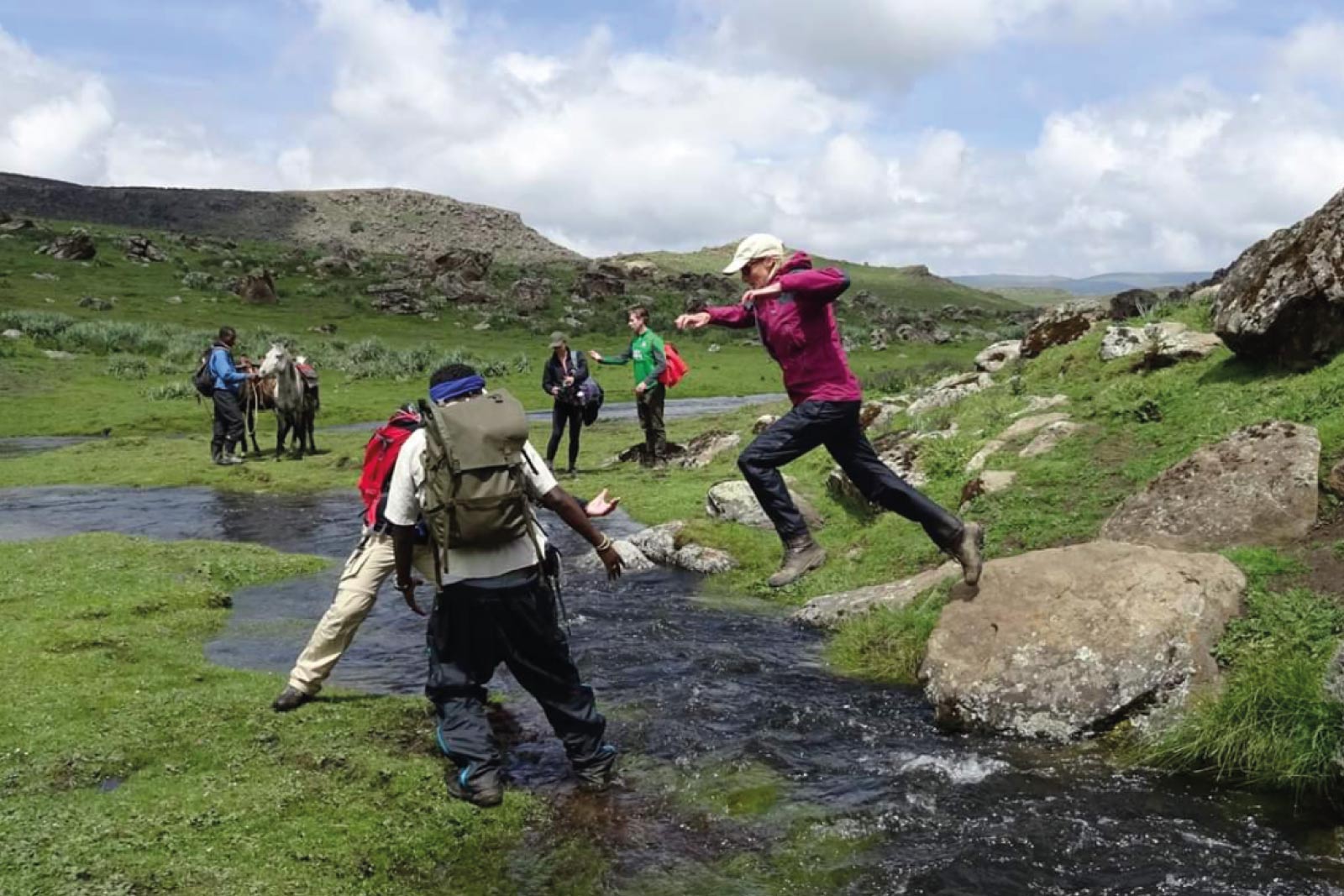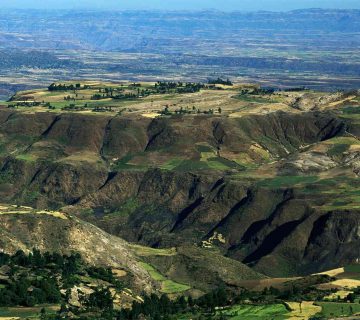Planning a trip to Ethiopia? One of the first questions travelers ask is: When is the best time to visit?
With its highlands, deserts, and lush valleys, Ethiopia’s climate is as diverse as its culture. The best time depends on what you want to experience—whether it’s trekking the Simien Mountains, witnessing ancient festivals, or exploring the Omo Valley tribes. Here’s a guide to Ethiopia’s seasons, weather, and cultural highlights to help you plan the perfect journey.
🌦 Ethiopia’s Climate Overview
Ethiopia sits on the Horn of Africa, with elevations ranging from the Danakil Depression (below sea level) to the Simien Mountains (over 4,000 meters). Because of this, weather varies widely by region:
-
Highlands (Addis Ababa, Lalibela, Gondar, Simien Mountains): Mild year-round, cool nights.
-
Lowlands (Omo Valley, Afar/Danakil): Hot and dry, often extreme temperatures.
-
Eastern Ethiopia (Harar, Dire Dawa): Warm, semi-arid with little rainfall.
The country has two main seasons:
-
Dry Season (October – May): Ideal for trekking, sightseeing, and cultural tours.
-
Rainy Season (June – September): Lush landscapes but muddy roads, best for those who enjoy green scenery.
🍂 Best Months to Visit Ethiopia
-
October – March: The most popular travel window. Clear skies, cooler temperatures, and easier access to remote regions. Perfect for Simien trekking, Lalibela visits, and Omo Valley cultural encounters.
-
April – May: Shoulder season—still dry but warmer, fewer tourists. Great for budget travelers.
-
June – September: Rainy season in the highlands. Roads can be tricky, but landscapes are lush, and it’s a great time for photography.
-
July – August: Despite rains, big festivals like Meskel (September) attract visitors. Trekking is less ideal during these months.
🎉 Major Festivals in Ethiopia
Festivals are one of the most memorable reasons to time your trip to Ethiopia. They combine faith, culture, and centuries-old traditions:
-
Timkat (Epiphany) – January 19
Ethiopia’s most colorful festival, celebrating the baptism of Christ. Expect vibrant processions, music, and crowds in Gondar, Lalibela, and Addis Ababa. -
Fasika (Ethiopian Easter) – April (date varies)
A deeply spiritual time with religious ceremonies, fasting traditions, and feasting. -
Meskel (Finding of the True Cross) – September 27
Marked by giant bonfires and joyful processions, especially in Addis Ababa’s Meskel Square. -
Genna (Ethiopian Christmas) – January 7
Celebrated with church services and cultural games, especially in Lalibela. -
Ashenda – August
A women’s festival celebrated in Tigray and Amhara, featuring singing, dancing, and traditional dress.
🥾 When to Visit Based on Activities
-
Trekking & Nature: October to March is perfect for the Simien and Bale Mountains, with clear skies and dry trails.
-
Omo Valley Tribes: Best visited November to March, before temperatures soar and roads flood.
-
Danakil Depression: Visit in the cooler months of November – February to avoid extreme heat.
-
Festivals & Culture: Time your trip in January (Timkat/Genna) or September (Meskel) for unforgettable cultural experiences.
✅ Travel Tips
-
Pack layers: temperatures swing between hot days and chilly nights, especially in the highlands.
-
Book flights and hotels early around major festivals—they attract thousands of visitors.
-
If you love green landscapes and fewer crowds, consider the rainy season (June–September).
🌍 Final Thoughts
The best time to visit Ethiopia truly depends on what you’re looking for—culture, trekking, festivals, or photography. Most travelers find October to March the sweet spot, offering the best balance of weather and experiences. Time your journey with one of Ethiopia’s vibrant festivals, and you’ll return with memories to last a lifetime.

 then 'Add to home screen'
then 'Add to home screen' then 'Add to home screen'
then 'Add to home screen'


